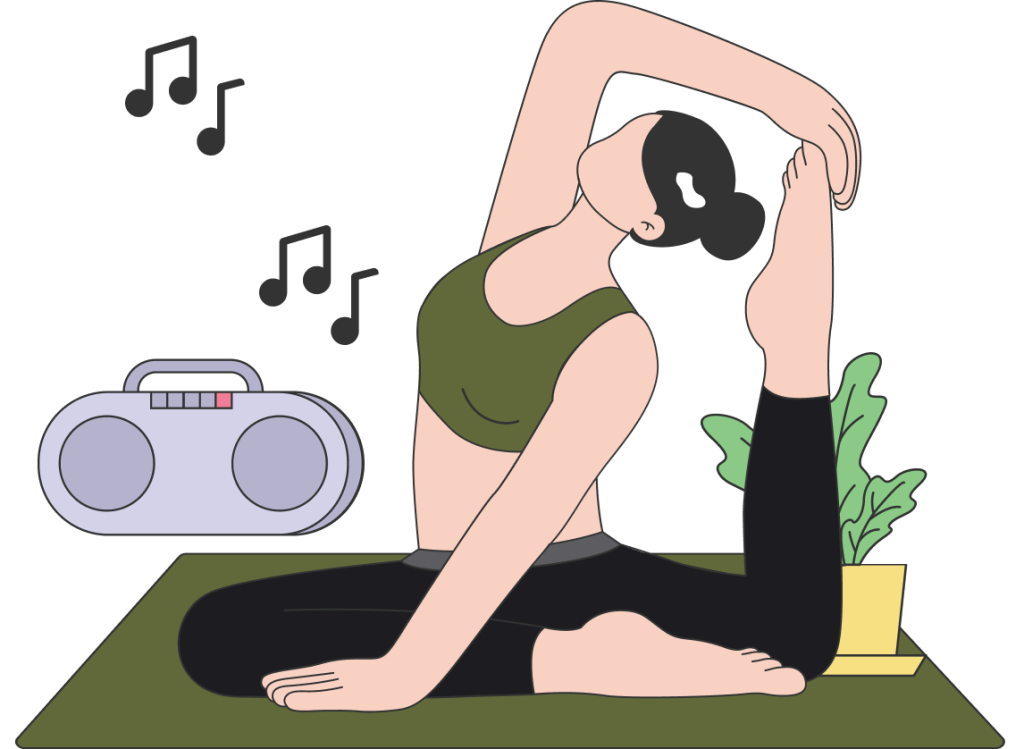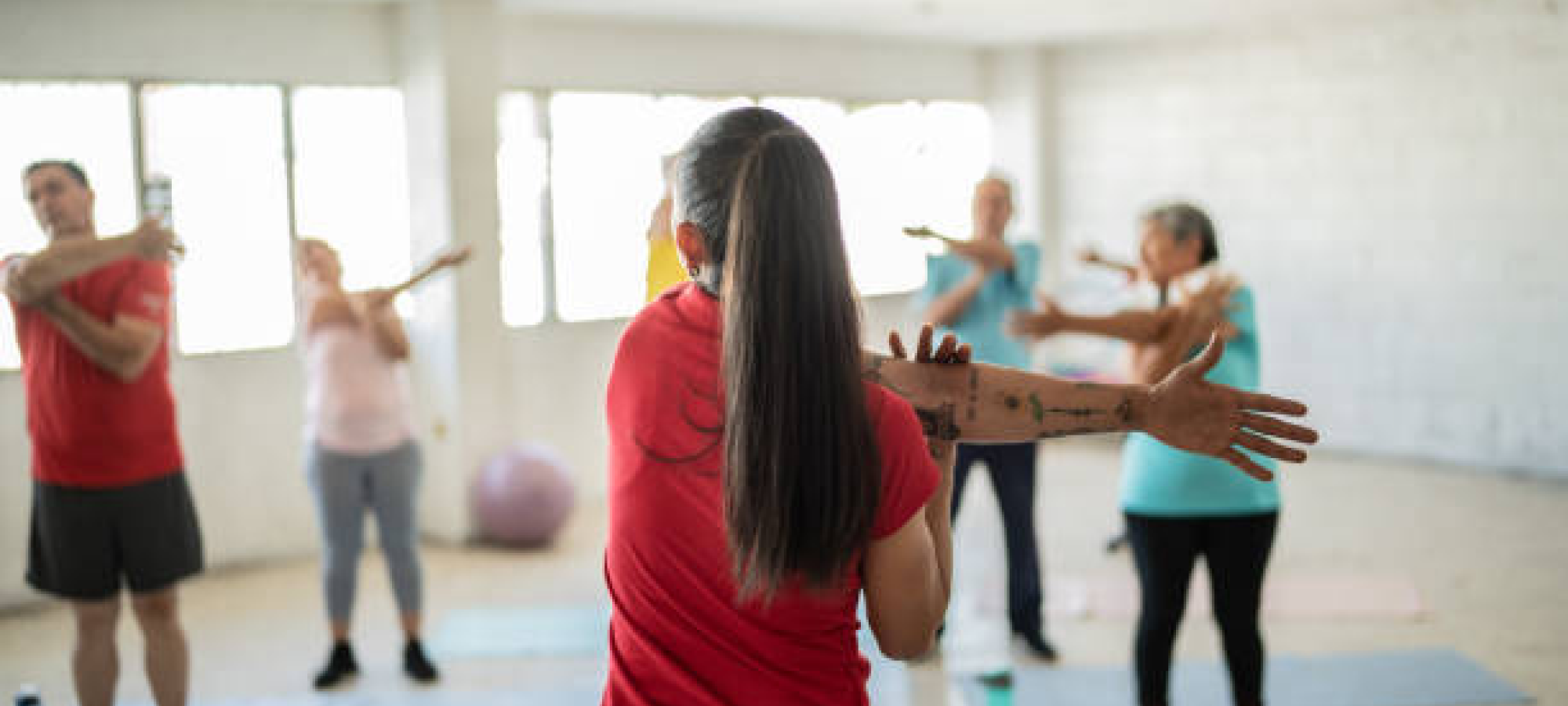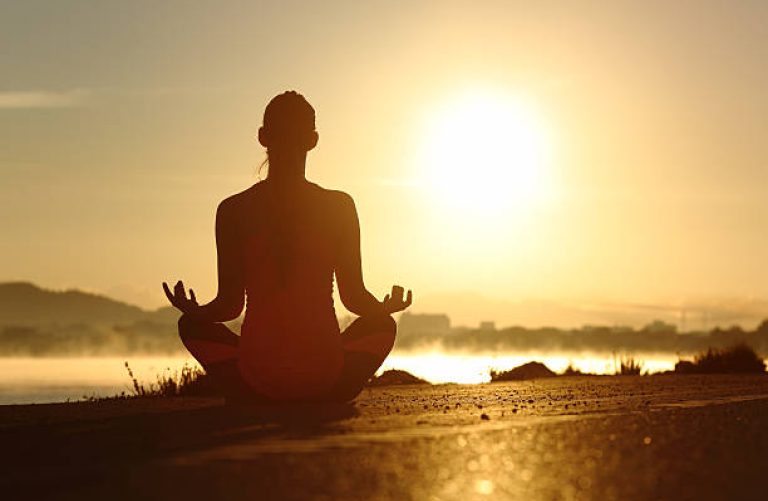Poor posture, often caused by extended sitting and inactivity, can lead to pain and health issues. Yoga addresses these problems by improving strength, alignment, and posture through various poses and activities. It helps correct muscle imbalances, enhance spinal alignment, and increase body awareness, leading to better posture and reduced chronic tension. Adding yoga to your routine can result in a more aligned, pain-free body.
Understanding Posture and Its Impact
The Importance of Good Posture
Good posture supports proper alignment of the spine, reducing strain on muscles and ligaments. It can improve breathing, reduce back pain, and boost overall confidence.
Consequences of Poor Posture
Poor posture can lead to a lot of issues, including chronic back pain, reduced mobility, and even digestive problems. Understanding these effects underscores the need for corrective practices.
How Yoga Addresses Posture Issues
Yoga helps to realign the spine, strengthen supporting muscles, and increase flexibility. Regular practice can reduce the discomfort associated with poor posture and promote a more balanced body alignment.

Key Yoga Poses for Posture Correction
Mountain Pose (Tadasana)
This foundational pose helps to establish proper alignment and balance. It teaches you to engage the core and lengthen the spine, setting the stage for better posture. Regular practice of Mountain Pose can help you build a strong, stable base for all other poses.
Downward Dog (Adho Mukha Svanasana)
The pose stretches and strengthens the back, shoulders, and legs while encouraging spinal lengthening and relieving upper-body tension. Incorporating it into your routine can enhance overall flexibility and support better spinal alignment.
Cobra Pose (Bhujangasana)
Cobra Pose opens the chest and stretches the spine. It prevents the effects of hunching by promoting upper back strength and flexibility. This pose is especially beneficial for those who spend long hours sitting, helping to alleviate upper back discomfort.
Child’s Pose (Balasana)
A pose that gently stretches the back and hips, Child’s Pose provides relief from back pain and helps to reset the spine’s alignment. It also calms the nervous system, making it an excellent choice for both posture correction and relaxation.
Strengthening Core Muscles
Importance of Core Strength
A strong core supports proper spinal alignment and improves posture. Core muscles help stabilize the body and reduce strain on the back. Enhanced core strength also contributes to better balance and overall functional movement.
Core-Strengthening Yoga Poses
Incorporate poses like Plank and Boat Pose to build core strength. These poses engage and strengthen the abdominal muscles, enhancing overall posture support. Regular practice of these poses can lead to more effective posture correction and reduced risk of injury.
Integrating Core Work into Daily Practice
Add core-focused exercises into your yoga routine to maintain a balanced practice. Regularly working on core strength ensures ongoing support for good posture. These exercises consistently will improve both your yoga practice and everyday functional movements.
Stretching and Flexibility
The Role of Stretching in Posture Correction
Stretching helps release tension in tight muscles that can contribute to poor posture. Flexibility in the back, shoulders, and hips is crucial for maintaining proper alignment.
Yoga Poses for Flexibility
Incorporate poses such as Forward Fold (Uttanasana) and Triangle Pose (Trikonasana) to enhance flexibility and reduce muscle tightness.
Routine Stretching Practices
Regularly include stretching exercises in your yoga practice to keep muscles supple and aligned. Consistent stretching helps prevent stiffness and supports better posture.
Creating a Balanced Yoga Routine
Incorporating Strength and Flexibility
A balanced routine should include both strengthening and flexibility-enhancing poses. This combination supports posture correction by addressing muscle imbalances. Combining these elements helps ensure that all aspects of your posture are improved, from muscle strength to joint flexibility.
Frequency and Consistency
Aim for regular practice to see improvements in posture. Consistency is key to making lasting changes and reaping the benefits of yoga for posture correction. Consistent practice allows for gradual adjustments and helps reinforce positive posture habits over time.
Personalizing Your Practice
Tailor your yoga routine to address specific posture issues you may have. Focus on poses and practices that target your unique needs for optimal results. Start optimizing your practice today with My Yogi and embrace a more balanced, effective, and personalized approach to yoga.
Using Yoga Tools and Props
Benefits of Yoga Blocks and Straps
Props like yoga blocks and straps can assist in achieving proper alignment and provide support for challenging poses. They help in maintaining correct form and prevent injury.
Incorporating Props into Your Practice
Use blocks for added stability and straps to deepen stretches. Props make poses more accessible and support effective posture correction.
Cleaning and Maintaining Props
Make sure your props are clean and well-maintained to support a hygienic practice. Regularly inspect and clean them to ensure they are in good condition.
Tracking Your Progress
Monitoring Posture Improvement
Keep track of changes in your posture by taking regular photos or noting improvements in how you feel. Documenting progress can motivate and guide your practice.
Adjusting Your Practice
As you notice improvements or new challenges, adjust your routine accordingly. Adapt your practice to continue addressing any emerging posture issues.
Using Technology for Guidance
Explore yoga apps like My Yogi to find personalized training sessions tailored to posture correction. My Yogi offers expert guidance and schedules sessions that you can take at home or on-site, helping you stay consistent with your practice.
Correcting poor posture through yoga is a rewarding journey that involves commitment and mindful practice. By incorporating key poses, strengthening core muscles, and improving flexibility, you can achieve better alignment and overall health. Whether you’re just starting out or looking to refine your practice, integrating yoga into your routine offers significant benefits for posture correction. For personalized support and tailored yoga sessions, explore the My Yogi app to enhance your practice and achieve your posture goals. Embrace the path to better posture and a healthier you with the guidance of yoga and My Yogi.
Ready to enhance your posture and overall well-being? Download the My Yogi app today to access expert-led yoga sessions tailored for posture correction. Whether you’re new to yoga or looking to refine your practice, My Yogi provides personalized routines and a supportive community to help you achieve better alignment and a healthier body. Start your journey now and experience the transformative benefits of a consistent yoga practice. Embrace the path to improved posture and wellness with My Yogi—your ultimate guide to a more balanced and pain-free life.





